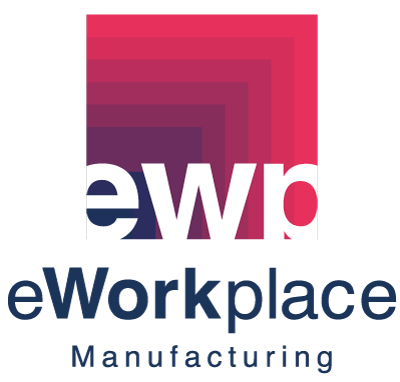Since the beginning of the Industrial Revolution, manufacturing has been the force that has pushed industrial and societal transformations forward. Today, we’re amid another industrial revolution, as a new generation of sophisticated technologies is transforming manufacturing into a highly connected, intelligent, and ultimately, more productive industry. The man-powered shop floor of the past is being replaced by smart manufacturing facilities where tech-savvy workers, aided by intelligent robots, are creating the products of the future.
The following will explore seven emerging trends in manufacturing that we believe will help empower manufacturers to design more intelligent operations and increase the speed of doing business.
- IoT
Currently, only 10% of manufacturing businesses use IoT, but that is expected to rise to 50% by 2025. IoT provides automation, analytics, and real-time decision-making capabilities to the shop floor. Some of the IoT technologies that help in manufacturing include sensors for everything from identification tags to production equipment, 3-D printing, digital twins, swarm intelligence, artificial intelligence, automation, collaborative robots, and augmented reality.
- Data Mining / Big Data
With IoT, all data is registered so it can be gathered and used to better forecast and strategize. Having access to data from many different sources helps to have a greater understanding of what is happening within the business and uncover new trends and patterns to predict customer demand.
Manufacturing ERP uses big data to track and analyze production processes, risk, quality, and more. ERP also uses all of this data to improve scheduling, optimize the supply chain with visibility to any gaps, and better understand customers’ needs.
- 3D Printing
The global 3D printing market grew by 21 percent in 2020. It is expected to double in size over the next five years. Last year it played a large role in helping to develop ventilators for the pandemic. With the disruption in the supply chain and the difficulty to source products from overseas, it is helping to prototype parts to be manufactured locally. Engineering businesses are using 3D printers to create end-use parts particularly in the biotechnology, transportation, and automotive manufacturing industries.
- Industry 4.0
Industry 4.0 is the use of smart technology on the plant floor also known as a smart factory. Using these new technologies helps to gain efficiencies in operations and to become more customer-focused. Manufacturing businesses are trying to adapt to customers who expect the types of service they receive from the mega business Amazon. Utilizing new technology on the factory floor allows manufacturers to adapt faster to changes and have better communication with vendors and customers. It also provides greater visibility to understand what is happening throughout the supply chain and production cycle.
- B2C Focused
To be more efficient and take greater control over profits, businesses are using technology to shift from a Business to Business (B2B) to a Business to Consumer (B2C) model. Businesses are making this transition in part to recover revenue lost due to the pandemic. As a B2C organization, manufacturers can get products to market faster, gather customer data easier, and take greater control over brand and price. An e-commerce solution is important in this scenario to help manufacturing businesses easily sell directly online to consumers and other businesses.
- Move to Onshore vs. Offshore
Due to supply chain interruptions from the pandemic, many manufacturing businesses are rethinking using off-shore manufacturing production. Companies are opening new North American production facilities to make it easier to source products and to get away from tariffs imposed on imports.
Over the years problems such as natural disasters and the recession have made producing things on-shore more appealing. All of the technology available also helps to keep costs for manufacturing in the US down as it is easier to control quality and respond to consumer demand.
- Smart Devices / Wearables
Smart devices have become more widely used in the manufacturing industry with the advancement of Industry 4.0. They allow shop floor workers to be hands-free, yet have the technology available to manage tasks. Wearables help warehouse workers locate inventory and plant floor employees to have real-time operational visibility.
Having wearables in the manufacturing workplace improves safety by providing information to workers about potential hazards. They increase efficiency by helping staff stay focused on what they’re doing, receive additional info, or deliver remote orders or commands. They also help to advance security by having staff wearing devices that track their movements.
Conclusion
The world is changing and so is manufacturing. In addition to the trends covered in this blog, many other changes, challenges, and new technologies are impacting manufacturing. For manufacturers to become advanced manufacturing businesses of the future, industry leaders must leverage technology to help bridge the gap, improve safety and operations, deliver greater transparency, and bring better products and experiences.
If you want to know how a manufacturing ERP or an industry-specific ERP can help businesses leverage evolving technologies, please contact us.
Follow Us










